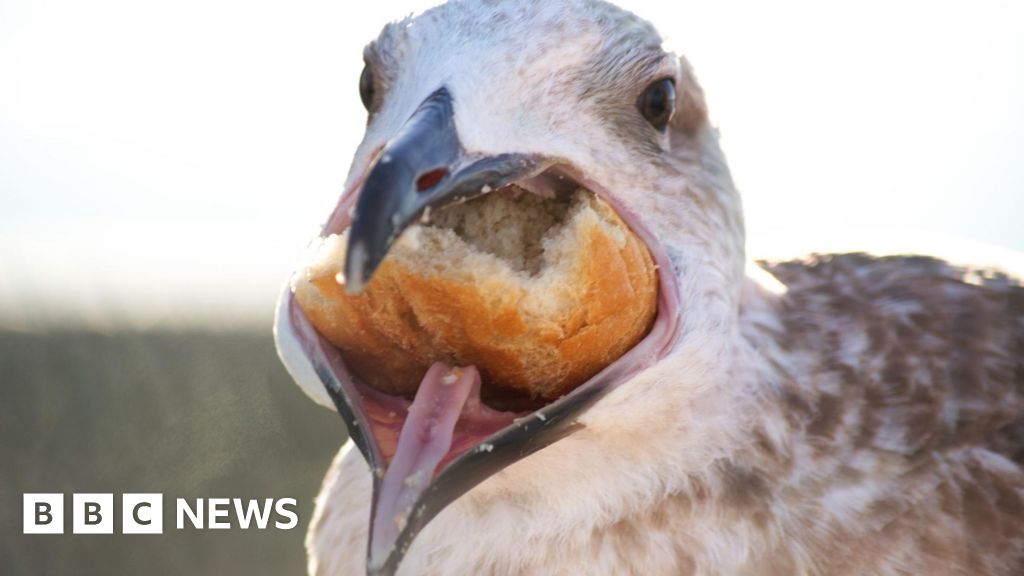Seagull Cuisine Secrets: Researchers Uncover the Bizarre Dining Rituals of Coastal Scavengers

Scientists are embarking on an innovative research project that turns everyday beach snapshots into valuable ecological data. By collecting photographs of gulls feasting on a diverse range of meals—from crispy french fries to exotic starfish—researchers hope to unravel fascinating mysteries about these adaptable seabirds' dietary habits and environmental interactions.
These seemingly casual images will provide unprecedented insights into gull behavior, diet diversity, and potential ecosystem changes. Citizen scientists and beach-goers are being encouraged to contribute their casual wildlife photographs, transforming ordinary moments into extraordinary scientific research.
The project aims to track how gulls' diets vary across different coastal regions, seasons, and environmental conditions. By analyzing these visual records, researchers can better understand how these opportunistic birds adapt to changing food sources and environmental challenges.
Participants can easily contribute by sharing their gull photographs through a dedicated mobile app or website, helping scientists piece together a comprehensive picture of these remarkable marine birds' eating patterns and survival strategies.

